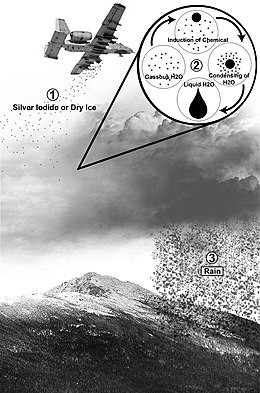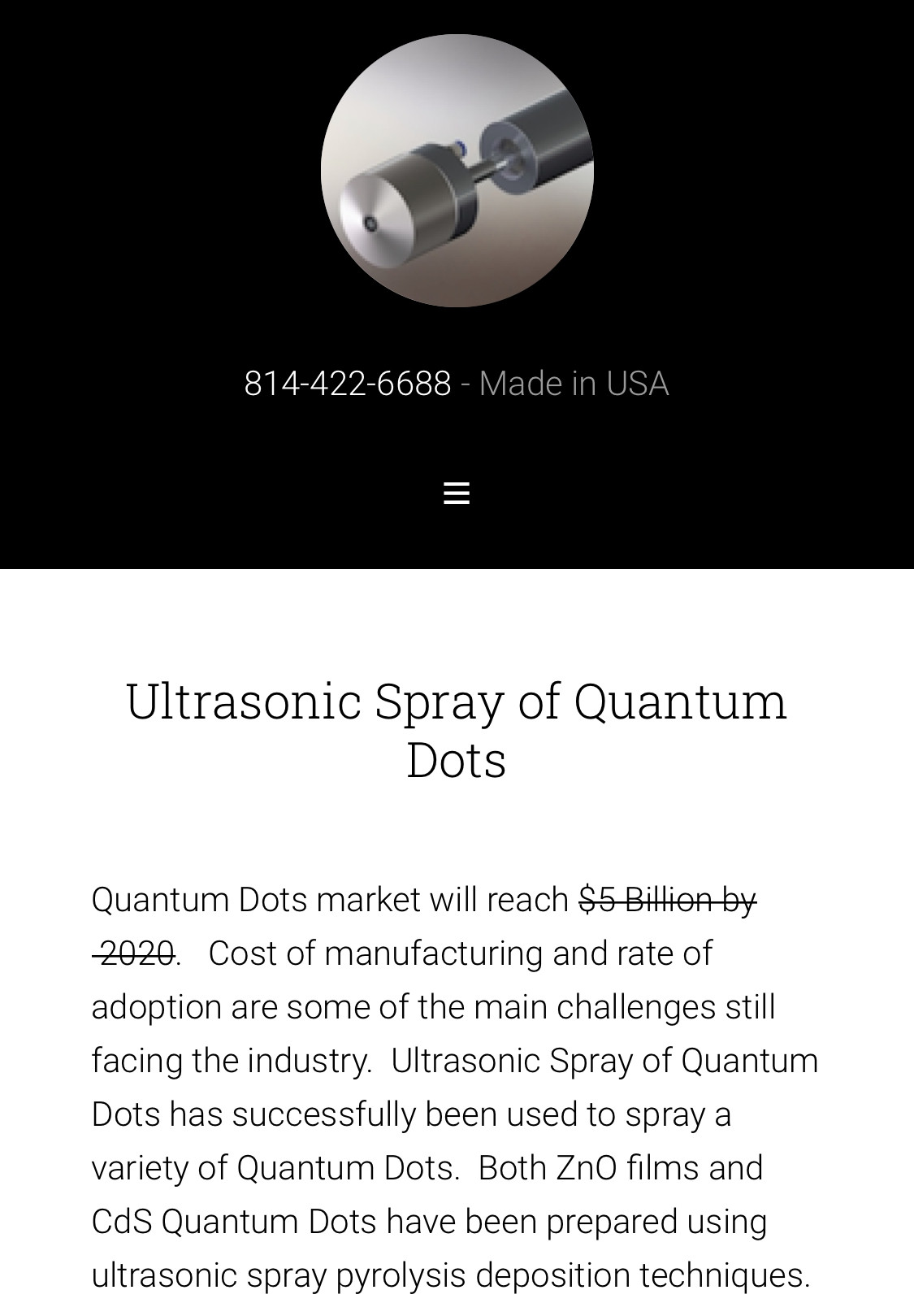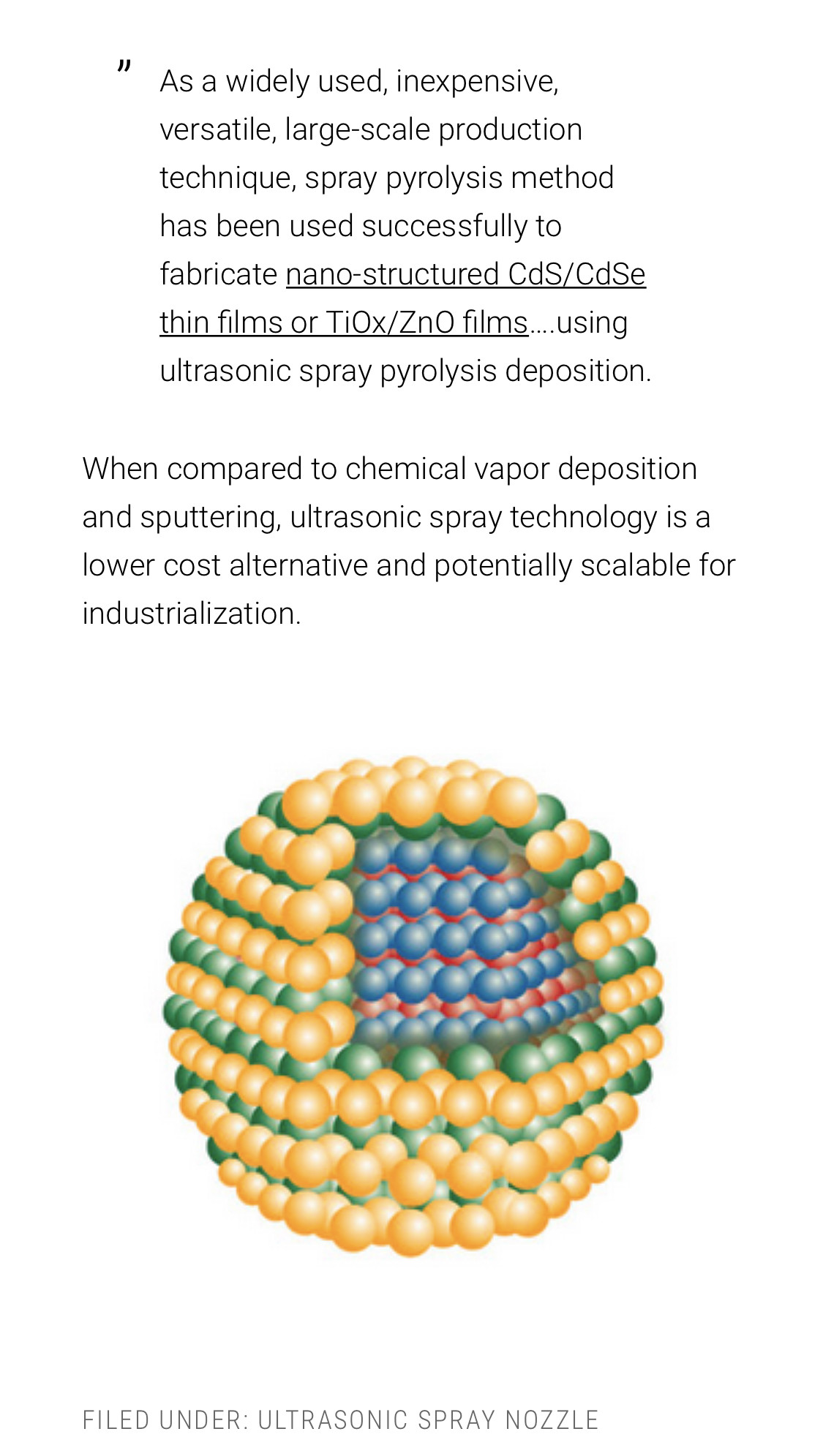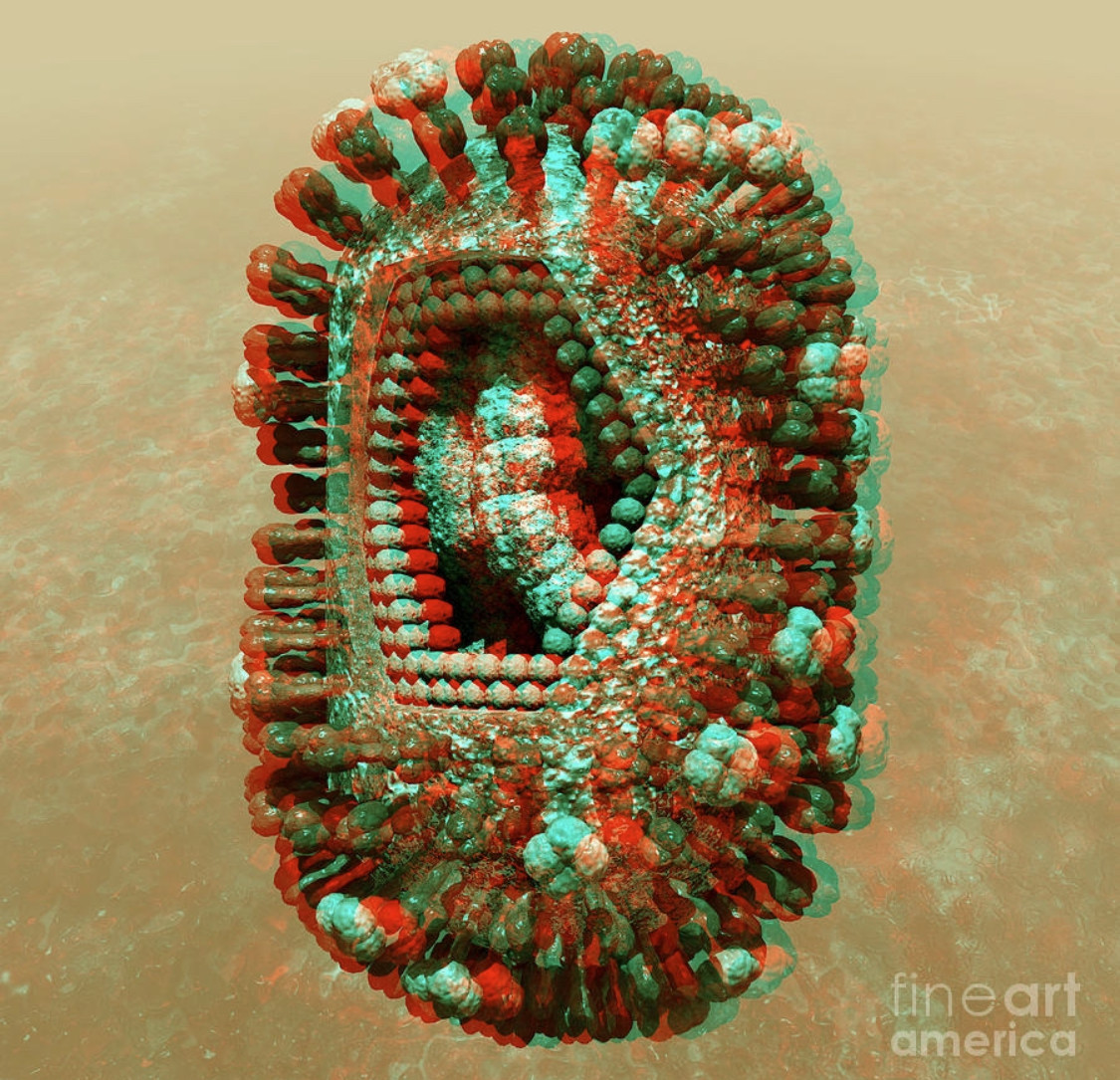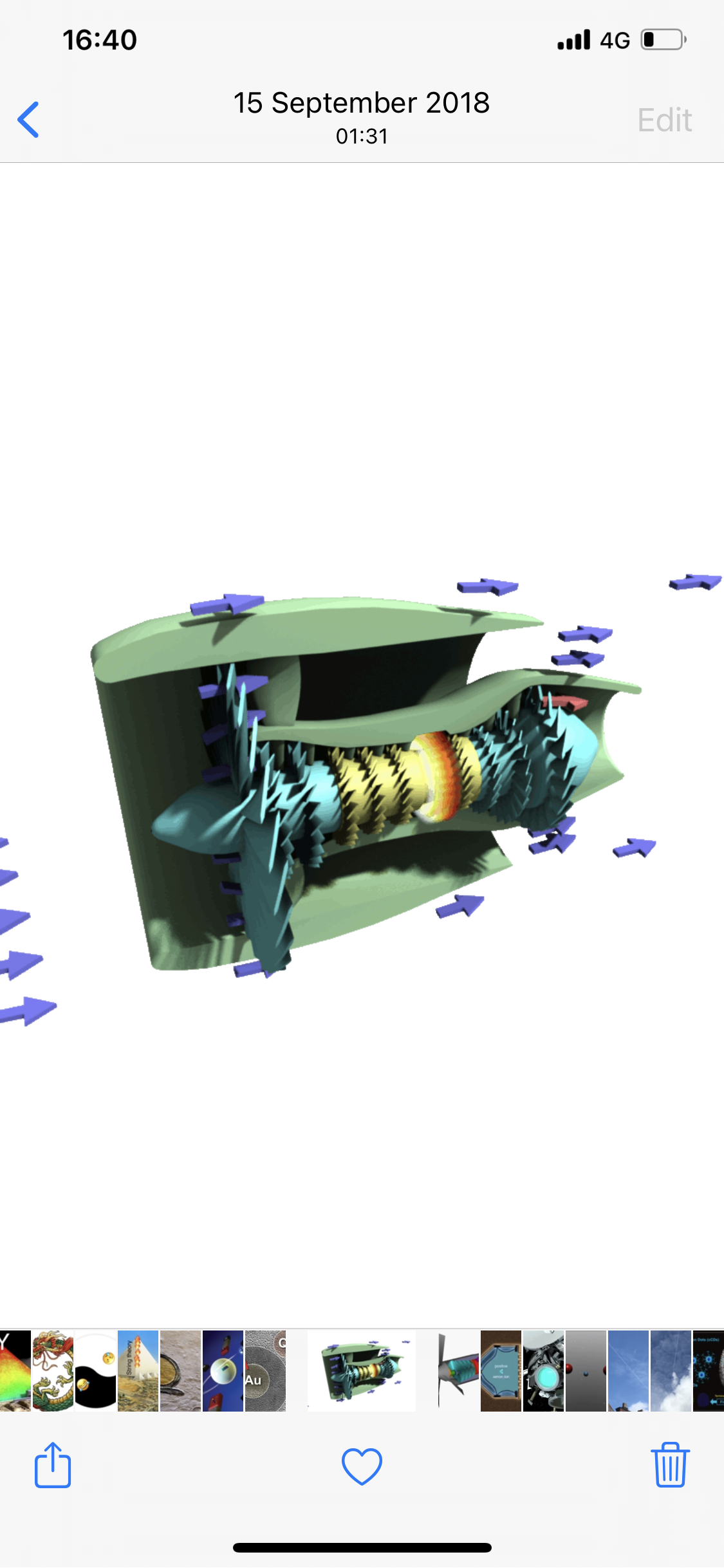https://www.youtube.com/@psyopchannel13 https://gab.com/boxoffrogs https://rumble.com/c/c-2352810 https://odysee.com/@HNiCC:1
Except it's not silver iodine... it's aluminum, strontium, and beryllium... all much cheaper and much more toxic.
https://www.youtube.com/@psyopchannel13 https://gab.com/boxoffrogs https://rumble.com/c/c-2352810 https://odysee.com/@HNiCC:1
Silver nanoparticles produce a stronger plasmon resonance than gold nanoparticles it can be due to the large reflectivity from the metal surface. TEM images indicate that change in the size of nanoparticles with increasing the laser fluence is in good agreement with the Mie theory.
https://www.youtube.com/@psyopchannel13 https://gab.com/boxoffrogs https://rumble.com/c/c-2352810 https://odysee.com/@HNiCC:1
The list of common ferrous metal properties include: Durable Good tensile strength Good electrical conductivity Low corrosion resistance Silver in colour Recyclable Usually magnetic Ferrous metals can include a wide range of different alloying elements, including chromium, nickel, manganese, molybdenum, and vanadium, manganese. Are we going down a climate change rabbit hole here? Silver is too expensive. They are using exactly the metals found in the rainwater samples, appearing as Aluminum, Beryllium and Strontium. It has killed several species of plants in my yard both here and in Maryland where I lived when this program began. https://youtu.be/Zbkwjno7TLY
hold on..
Coal is the most abundant and readily combustible energy resource being used worldwide. However, its structural characteristic creates a perception that coal is only useful for producing energy via burning. Here we report a facile approach to synthesize tunable graphene quantum dots from various types of coal, and establish that the unique coal structure has an advantage over pure sp2-carbon allotropes for producing quantum dots.
The crystalline carbon within the coal structure is easier to oxidatively displace than when pure sp2-carbon structures are used, resulting in nanometre-sized graphene quantum dots with amorphous carbon addends on the edges. The synthesized graphene quantum dots, produced in up to 20% isolated yield from coal, are soluble and fluorescent in aqueous solution, providing promise for applications in areas such as bioimaging, biomedicine, photovoltaics and optoelectronics, in addition to being inexpensive additives for structural composites.
"And we know that in all things God works for the good of those who love him, who have been called according to his purpose." Romans 8:28
They dont crash like that, they disappear into ground holes. 😁
Think fuel?
I understand brother.
Mechanical sound wave which has periodic vibrations and frequencies of more than 20 KHz, which in turn is more than upper human audible range frequency, is known as ultrasound (US) wave (Abu Zidan et al. 2011). It is produced through a transducer that utilizes piezoelectric component or an electromagnetic inductor which has the capability of converting electrical signal into mechanical vibrations and vice versa (Hangiandreou 2003).
The vibration of Fe3O4 nanoparticles in response to an alternating magnetic field can be sensitively detected using contact mode atomic force microscopy (AFM) combined with selective modulation of magnetic domains. While imaging patterned samples of magnetic nanoparticles with contact mode AFM, a magnetic field was applied to drive sample vibration. The field altered in polarity and strength according to parameters of an AC current applied to a solenoid located under the sample. The vibration of Fe3O4 nanoparticles was detected by a nonmagnetic AFM tip to map the changes in frequency and amplitude of the vibrating sample at the level of individual Fe3O4 nanoparticles and clusters.

